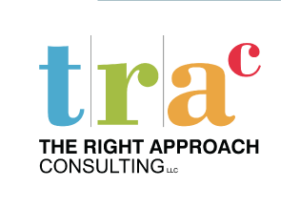The new ISO 9001:2015 standard is now released and is quite a departure from the 2008 version. While the official drop-dead date to be fully compliant and certified is not until September 2018, this will come much faster than you think. Now is the time to begin the transition from your 2008 QMS to the 2015 version. These changes can […]
The goal of root cause analysis (RCA) is to find out what really happened, why it happened, and how to prevent it from happening again. Chasing symptoms instead of digging deep to find root cause will almost certainly guarantee that the problem will repeat. Peeling back the onion, layer-by-layer, can be a long and tedious […]
One of the most frustrating parts of a customer’s life is dealing with a performance issue that hasn’t been properly addressed at a supplier. A company can have all of the most effective Quality Tools at their disposal, but if not used properly, they will see little benefit. Most companies have some form of a […]
Plan-Do-Check-Act Cycle (PDCA): This is more of a quality methodology that employs a four-step model, which seeks continuous improvement by combining constant evaluation of management policy and procedures with statistical analysis. The PDCA model was developed by Dr. Walter A. Shewhart and was later refined by the good doctor’s most famous student; W. Edwards Deming. […]
Failure Mode Effects Analysis (FMEA): This is another of those “scary” quality tools that people often don’t utilize strictly because they don’t really understand them. A Failure Mode Effects Analysis is simply a step-by-step attempt to identify all possible failures in a product, design or process. If it is being used for a process it […]
Pareto Analysis: Around the turn of the 20th century, Italian economist Vilfredo Pareto made a couple of observations that led him to develop a principle that continues to be a powerful problem-solving tool today. He observed that around 20% of the Italian population owned approximately 80% of Italy’s wealth. He later observed that about 20% […]
5 Whys: This technique can be used very effectively during cause & effect analysis to drive to true root cause. Anyone with small children has first-hand experience with this problem-solving tool, although in the business environment root cause should not end at “Because I said so!” Although the word “Why?” may be your three-year-old’s favorite […]
Brainstorming: Brainstorming is a Phase I problem solving tool that is used to generate as many ideas as possible related to a given problem, with an emphasis on sheer quantity of ideas. Creative thinking should be encouraged during brainstorming, with no judgment or evaluation of ideas taking place during this activity. The goal is to […]
Customer Benchmark Survey: You might be wondering why the customer benchmark survey has to do with quality tools, to which I would argue that a quality system can only be effective after both measuring and understanding your customers’ needs, wants, and expectations. The KISS Principle (Keep It Simple Steve) most certainly applies to surveys; when […]
Poka-Yoke: Poka-yoke is the Japanese word for mistake-proofing, (for us ancients, the pre-politically correct term was idiot-proofing), and is not a new concept; some variation of this method has existed for as long as people have been producing products. Mistake-proofing, error-proofing, fool-proofing; whatever label that is attached to it, poka-yoke is any method that eliminates […]

You must be logged in to post a comment.